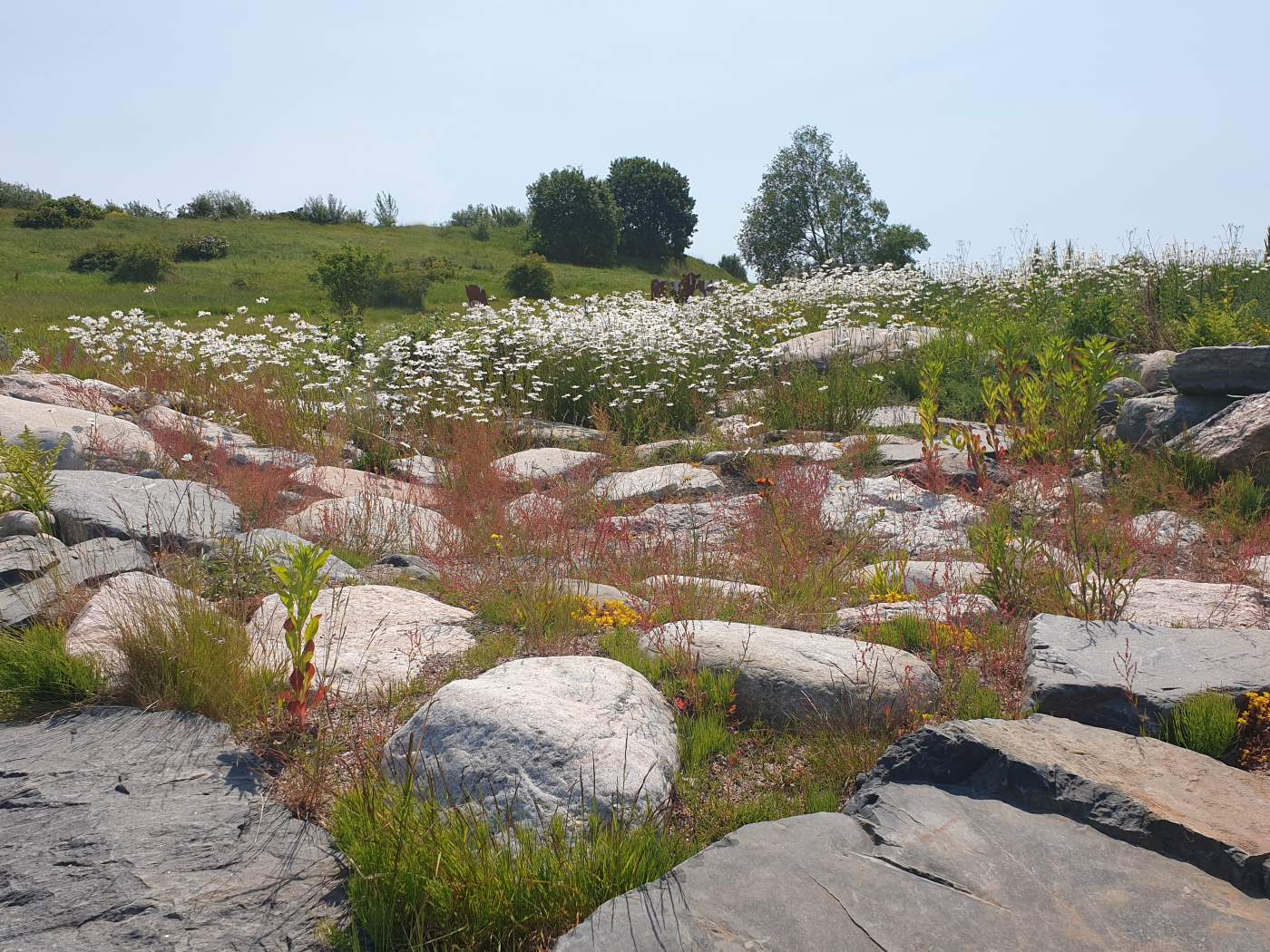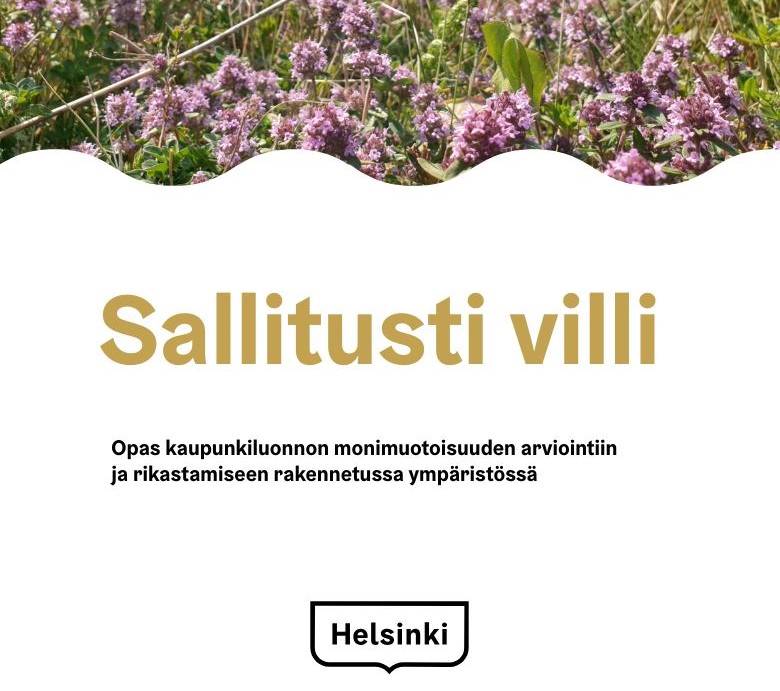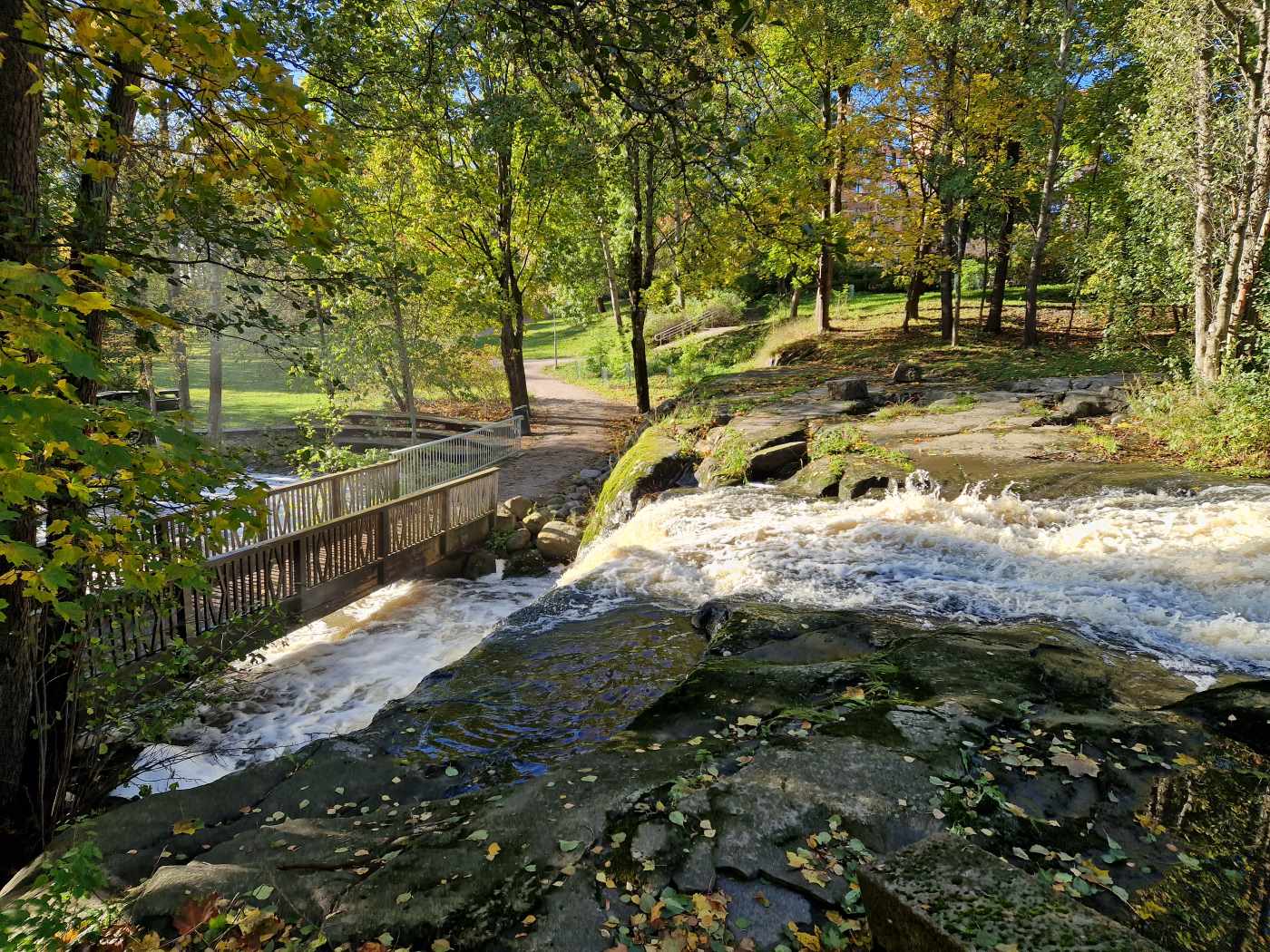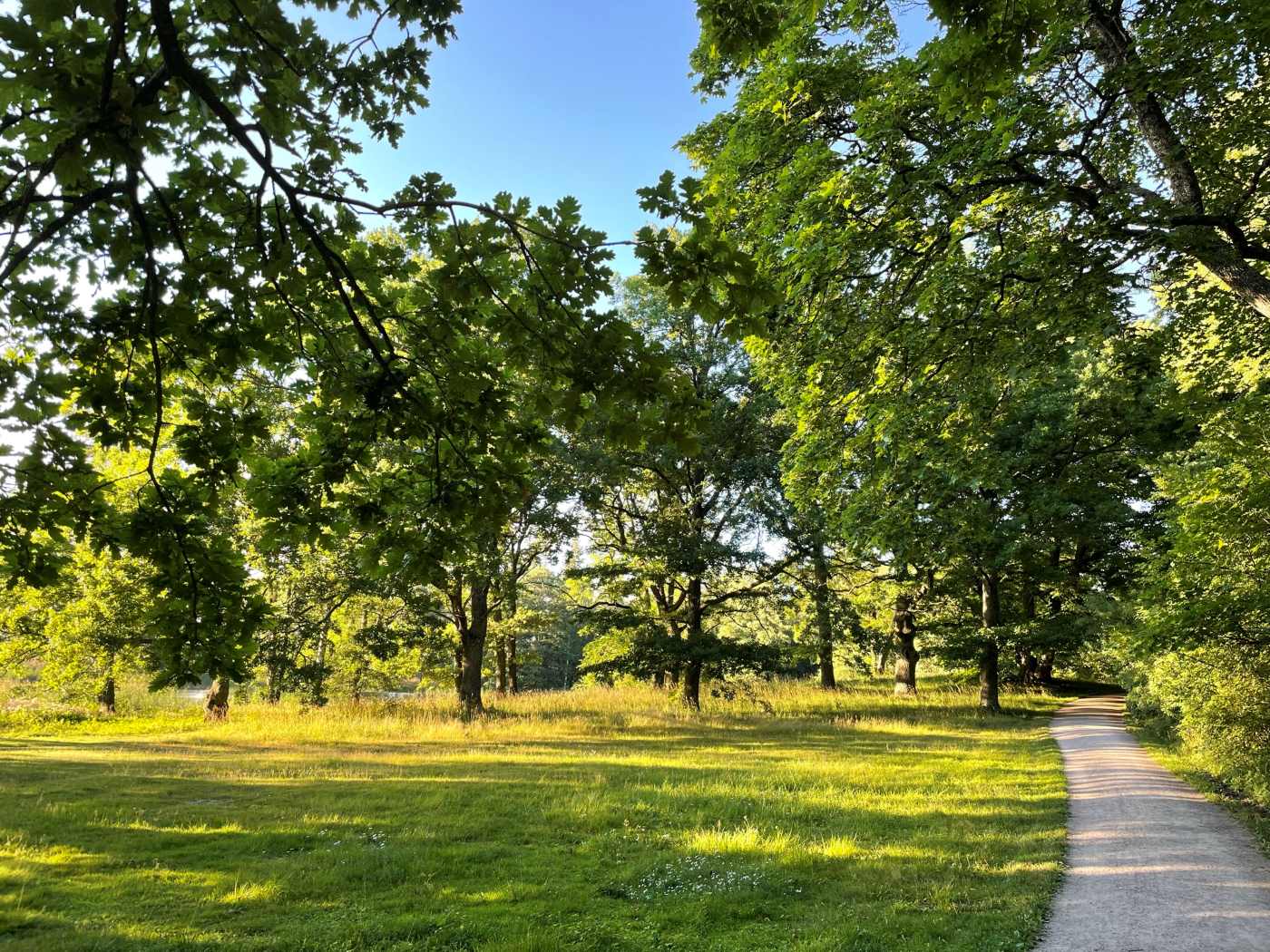
29 May 2024 New Biodiversity Guide for the City of Helsinki
To address the ongoing pressure on biodiversity in the city, the City of Helsinki has recently published a comprehensive biodiversity guidebook.
‘Wilfully Wild – A guide to Assessing and Enriching the Biodiversity of Urban Nature in the Built Environment’ is the name of Helsinki’s new biodiversity guide. The background for the guide is the Helsinki Action Program for Biodiversity Conservation 2021-2028, also known as the LUMO Program. One of the program’s goals is to enrich biodiversity in the built environment.
The new biodiversity guide is aimed at city project leaders, designers, contractors, and maintenance professionals of urban green spaces.
Tuuli Ylikotila, biologist at the City of Helsinki, has been project manager for Wilfully Wild.
Throughout the world biodiversity is under pressure. Luckily, a densely populated urban environment can offer new opportunities for enriching urban nature when there is available knowledge, willingness, and resources. Hence, the main goal of the guide is to enrich biodiversity in Helsinki’s built environment,” says Tuuli Ylikotila.
The biodiversity crisis is a burning platform
The guide is written by MASU Planning and Luontotieto Keiron in close collaboration with the City of Helsinki. In the research for the guide several biodiversity experts from Finland and Denmark have been interviewed and the learnings are included in the guidebook.
Elina Kataja, Head of Helsinki office at MASU Planning, Susanna Pimenoff, Owner, and Managing Director at Luontotieto Keiron, and Terhikki Vaarala, Landscape Architect at MASU Planning are the authors behind the guide.
Furthermore, a strong collaboration between MASU Planning’s teams from the offices in Helsinki and Copenhagen have been an integral part of the process.
“The biodiversity crisis along with climate change represents one of the major crises our society faces in these current times. It has been a pleasure to conduct this assessment, and dive into the challenges as well as opportunities for enriching biodiversity in the city.” Elina explains. “Even though the guide specifically focuses on how to enrich Helsinki’s biodiversity, we hope that the guide can also inspire others in seeing the biodiversity potential in the built environment.”
Elina, Susanna and Terhikki enjoyed the mutual learning experience while working on the guidebook. “The dialogue between landscape architects and biologists has been very helpful and added to common understanding”, Susanna says.
A hands-on guide for increasing biodiversity in the capital of Finland
With many illustrations and over 100 pages divided into five chapters, the guide introduces various nature-based solutions, and summarizes the key needs for change. The guidebook includes a deep dive into the characteristics of Helsinki’s urban green spaces and typologies, while considering threats and opportunities from a biodiversity perspective. A biodiversity assessment tool is presented with two easy-to-use check lists: the first related to the quality of ecologic networks, and the second list focusing on a concrete site level. The main part of the guide introduces concrete ideas and different methods for enriching the biodiversity of urban nature. In addition, the guide introduces case examples of built projects and key themes of urban biodiversity.
The guide is published by the City of Helsinki, and you can find the guide here (text in Finnish).






